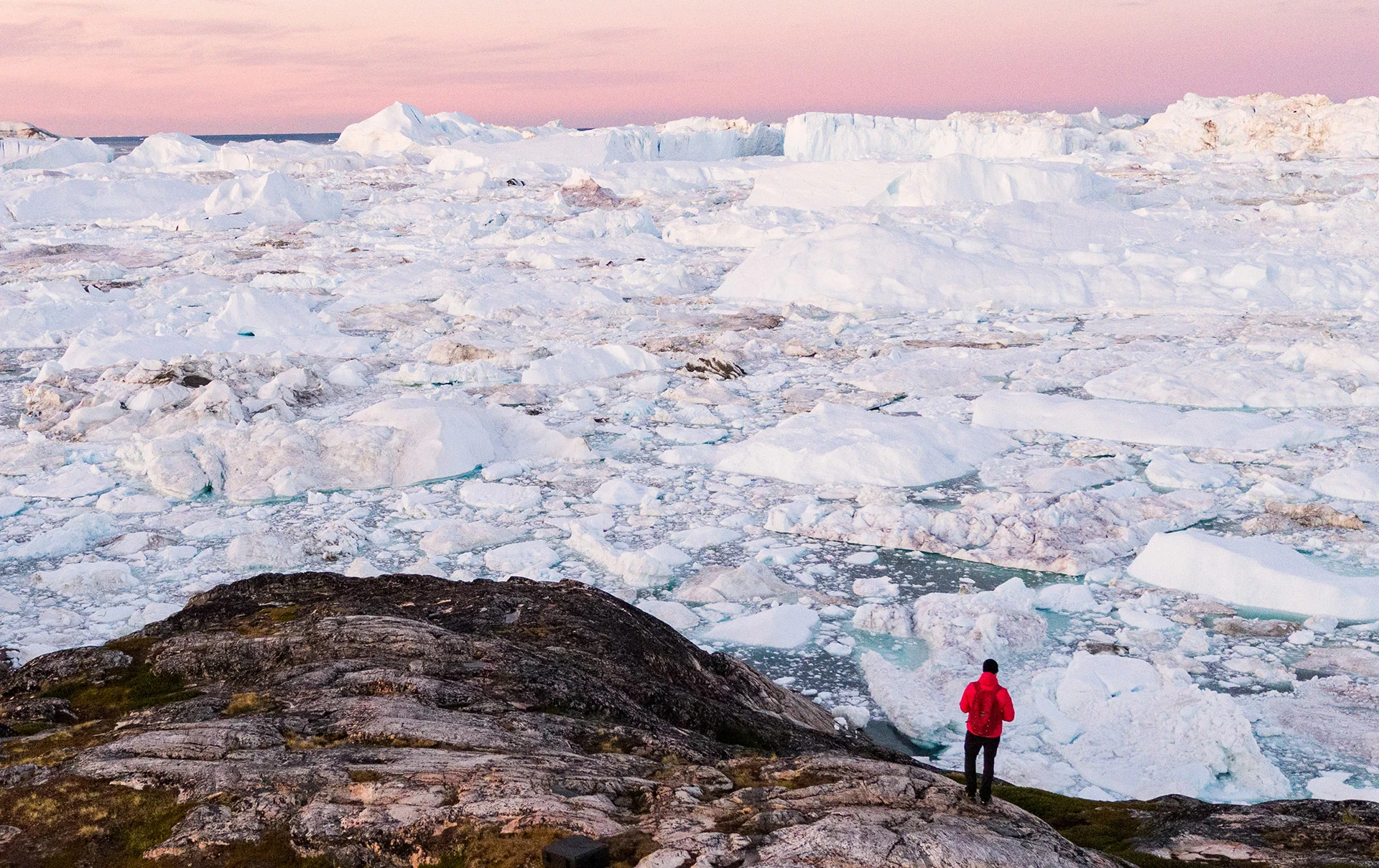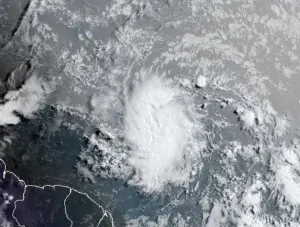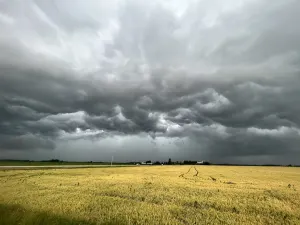
Greenland's melting ice sheet passes 'point of no return,' study says
The Greenland Ice Sheet is the largest single contributor to rising sea levels, the scientists say.
The Greenland Ice Sheet, the largest ice mass in the Northern Hemisphere, has likely melted past the point of no return, according to a new study published in Nature.
The ice sheet covers roughly 80 per cent of Greenland and was formed by layers of compressed snow that accumulated over the past 100,000 years. Over three decades of data were analyzed in this study and the researchers state that annual snowfall is no longer enough to replenish the snow and ice that melt during the summer.
Glaciers within the Greenland Ice Sheet are constantly in motion and naturally retreat or advance based on the amount of snowfall that accumulates in the winter, and evaporation rates and melting that occurs in summer. But the Greenland Ice Sheet has been shrinking for several decades due to increased meltwater on its surface, higher rates of evaporation and submarine melting, which happens when the comparatively warm ocean water touches the glacier.
“Greenland’s glaciers have passed a tipping point of sorts, where the snowfall that replenishes the ice sheet each year cannot keep up with the ice that is flowing into the ocean from glaciers,” states lead author Michalea King, a glaciologist at Ohio State University, in a press release from the institution.
“What we’ve found is that the ice that’s discharging into the ocean is far surpassing the snow that’s accumulating on the surface of the ice sheet.”
The researchers say that the entire ice sheet has experienced periods of melting at different points in time since the 1980s, but an acceleration of melting between 2000 to 2005 led to an irreversible "step-increase" of ice loss. Even if global temperatures somehow managed to stop rising or even decrease, the ice sheet would continue to melt because its functioning is out of equilibrium, the study states.
Oceans have already been impacted by the melting ice sheet and are rising about a millimetre on average per year. While this increase may seem minuscule, it is the result of 280 metric tons of ice melting into the oceans each year, making it the largest single contributor to global sea level rise, explained King in an interview with CNN.
Complete melting of the ice sheet, which would not be possible until several more decades of sustained melting, would cause sea levels to climb six metres, which would be enough to submerge many low-lying island nations and coastal cities.
The study states that there will likely be a continued episodic retreat of large glaciers, including Jakobshavn Isbræ and Kangerdlugssuaq, which dominate the total amount of melting within the Greenland Ice Sheet.
Top Photo Credit: Adobe Stock











